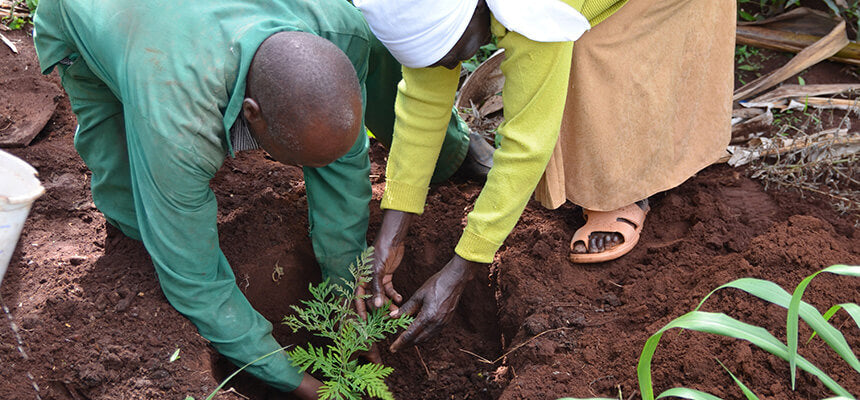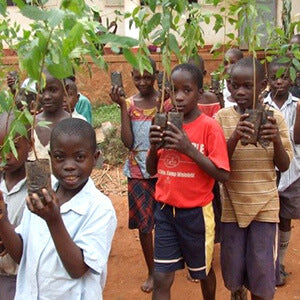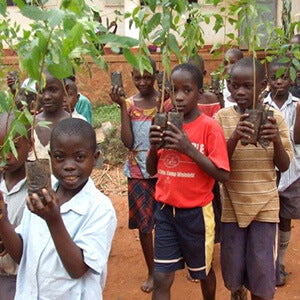Day 14
A tree seedling for reforestation in Uganda
 Green Light Revolution – securing food supplies, protecting the climate
Green Light Revolution – securing food supplies, protecting the climate


Deforestation and climate change in Uganda

need
Reforestation and organic farming for smallholder farming families in Uganda.
activity
Five local NGOs and six rural schools support 2,500 farming families by building tree nurseries and teaching organic farming.
Measurable performance
Number of trees planted and cared for on the land of smallholder farmers and by students.
Result
It is expected that at least 833 smallholder farming families will be able to make a living from their diversified agroforestry.
Systemically relevant impact
The local, vibrant ecological economic cycle is functioning again, and food security with income for small farming families has been created.
background


The good deed
AboutUganda

Kampala
Capital city

39 032 400
Population
609 USD
Gross domestic product
per capita per year
163
Human Development Index
(Human Development Index)



